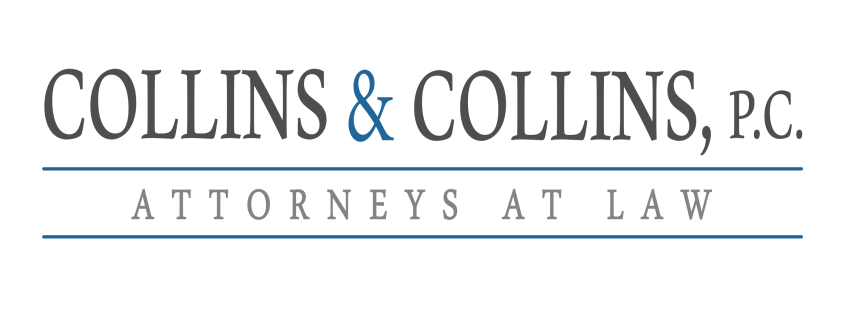The Basics of Homeowner‘s Insurance
A home is often the single biggest investment one can make, and there are many types of risks associated with home ownership. The purchase of homeowners insurance can help minimize some risks, and is typically required by most mortgage lenders.
There are varying levels of insurance coverage. The level of coverage is set forth in the insurance policy limits. There will be different limits for different coverages within the same policy. Though it is generally advisable to get as much coverage as financially possible, a basic homeowners insurance policy can be an affordable option for those just starting out or for those needing to cut back on expenses.
A homeowner‘s policy typically includes two main sections: property and liability coverage. The property section includes coverage for the actual home and detached structures, like garages and sheds. Detached structures are generally insured for approximately 10% of the dwelling limit.
Keep in mind that the dwelling limit does not consider the value of the land the home sits on, so this limit will not reflect the full market value of the home. Nor should the dwelling limit reflect the amount of the mortgage, as this can leave a homeowner either underinsured or paying more for insurance than can be used.
In choosing property coverage limits, the dwelling limit can be considered in terms of “actual cash value” (ACV) or “replacement cost” (RC). ACV considers what it would cost to replace your home, less depreciation. RC reflects what it would cost to repair or rebuild your home without depreciation.
The property section also includes personal property coverage, which is the contents of the home and is usually covered at 50% to 70% of the dwelling limit. This coverage may also include “off-premises” coverage for items that incur loss outside of the home. Personal property coverage can also be considered in ACV or RC terms. RC coverage allows for replacement of an item with a similar type and quality at current prices, while ACV coverage considers depreciation of an item upon loss.
Loss of use, also known as additional living expense, is another coverage outlined in the property section of the basic homeowners policy. This coverage provides for expenses a homeowner incurs when unable to use the home due to a covered loss, and is typically limited to 20% of the dwelling limit. These expenses may involve staying at a hotel or eating at a restaurant while repairs are being made.
The second section of the basic homeowners policy involves liability coverage. This coverage is available when you or a family member has been found legally responsible for causing injury to someone or to someone‘s property. It helps protect against the financial loss resulting from a lawsuit. The typical limit is $100,000; however, this amount can fall short when a serious injury is involved. Like most insurance, the risk of inadequate insurance depends on your financial circumstances. Likewise, the ability to purchase additional levels of coverage may not be financially possible. But, it is wise to carry as much as possible to cover any potential judgment.
Medical payments coverage, or guest medical, is also found under the liability section and provides for payment of medical expenses incurred by someone who is accidentally injured on your property regardless of legal liability. Limits generally begin at $1,000 per person, per accident. Again, this is generally inadequate and one would be wise to carry greater limits if financially feasible.
The basic homeowners policy can help minimize the risk of typical losses that a homeowner may face. It may not cover every conceivable loss, but it will satisfy the requirements of most mortgage lenders and relieve some of the anxiety of managing one of life‘s biggest investments.
